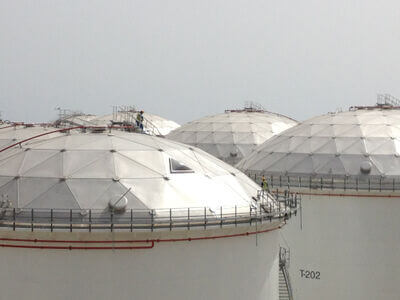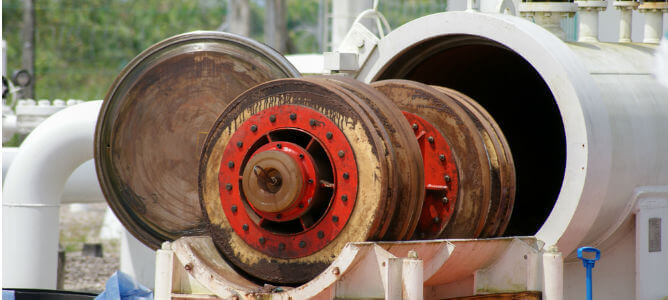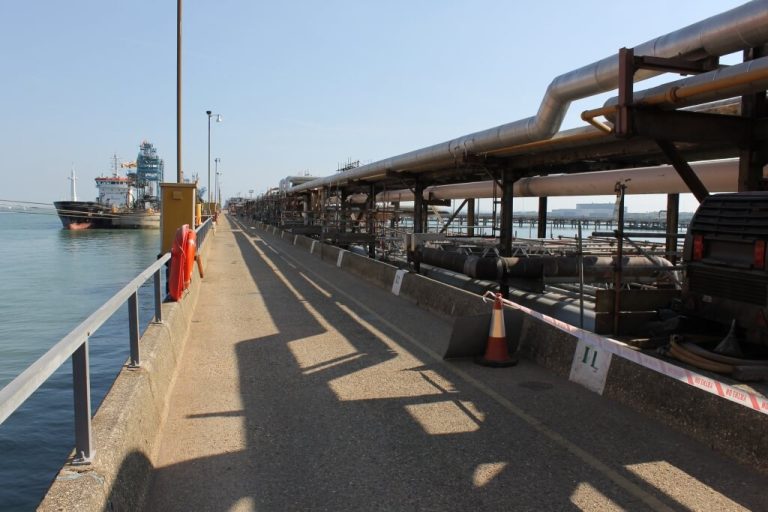When choosing between aluminum and steel for tank roofs, aluminum dome roofs are often favored for several key reasons. Today, we will focus on the first two main advantages: fire protection and emissivity.
1. Fire Protection
Misleading Comparisons: While it’s true that aluminum melts at a lower temperature (approximately 660°C) compared to steel (around 1482°C), this comparison can be misleading. In a tank fire, the behavior of the roof materials under extreme heat conditions is crucial.
Key Points:
- Reflectivity: Aluminum has high reflectivity, reflecting 85% to 95% of radiant heat. This characteristic helps in minimizing the amount of heat absorbed by the roof, thereby delaying the temperature rise of the aluminum compared to steel.
- Heat Conductivity: Aluminum has an average thermal conductivity about three times greater than steel. This means that heat is conducted more rapidly through aluminum, but it also disperses heat more evenly rather than concentrating it in one spot. In a fire, this property helps in spreading the thermal load and prevents rapid local overheating.
- Specific Heat: Aluminum’s specific heat capacity is nearly twice that of steel. This means aluminum can absorb more heat per kilogram before its temperature rises. Therefore, aluminum can handle a greater amount of heat energy before reaching its limit, making it more resilient in fire conditions.
- Galvanizing vs. Aluminum: For steel roofs, the protective galvanizing or paint coating can be compromised at temperatures as low as 420°C, rendering the steel roof ineffective. Since aluminum’s melting point is higher, it provides more robust protection during a fire event.
In summary, during a fire, aluminum dome roofs can provide better protection than steel roofs due to their higher melting point and superior thermal properties, which help in delaying structural damage.
2. Emissivity
Understanding Emissivity:
- Heat Radiation: Emissivity refers to a material’s ability to radiate heat. Aluminum has a lower emissivity compared to galvanized steel, meaning it radiates heat less effectively. This results in aluminum staying hotter for longer periods when heated. However, this characteristic is advantageous in the context of roof performance.
- Reflective Properties: Unlike the emissivity aspect, the reflective property of aluminum is more significant. Aluminum roofs are highly reflective, meaning they reflect a substantial portion of the solar radiation (heat) away from the building. This prevents the roof and the tank from becoming excessively hot in the first place.
Benefits:
Temperature Control: By reflecting the majority of solar radiation, aluminum roofs help keep the underlying structure cooler compared to steel roofs, which absorb and retain more heat due to their higher emissivity. This reflective property is crucial for maintaining lower temperatures inside the tank and reducing overall heat gain.
In conclusion, aluminum dome roofs are preferred for their superior fire protection capabilities and reflective properties. They offer enhanced safety during fire events and better thermal management by reflecting heat away, ensuring more stable and controlled temperatures within the tank.




